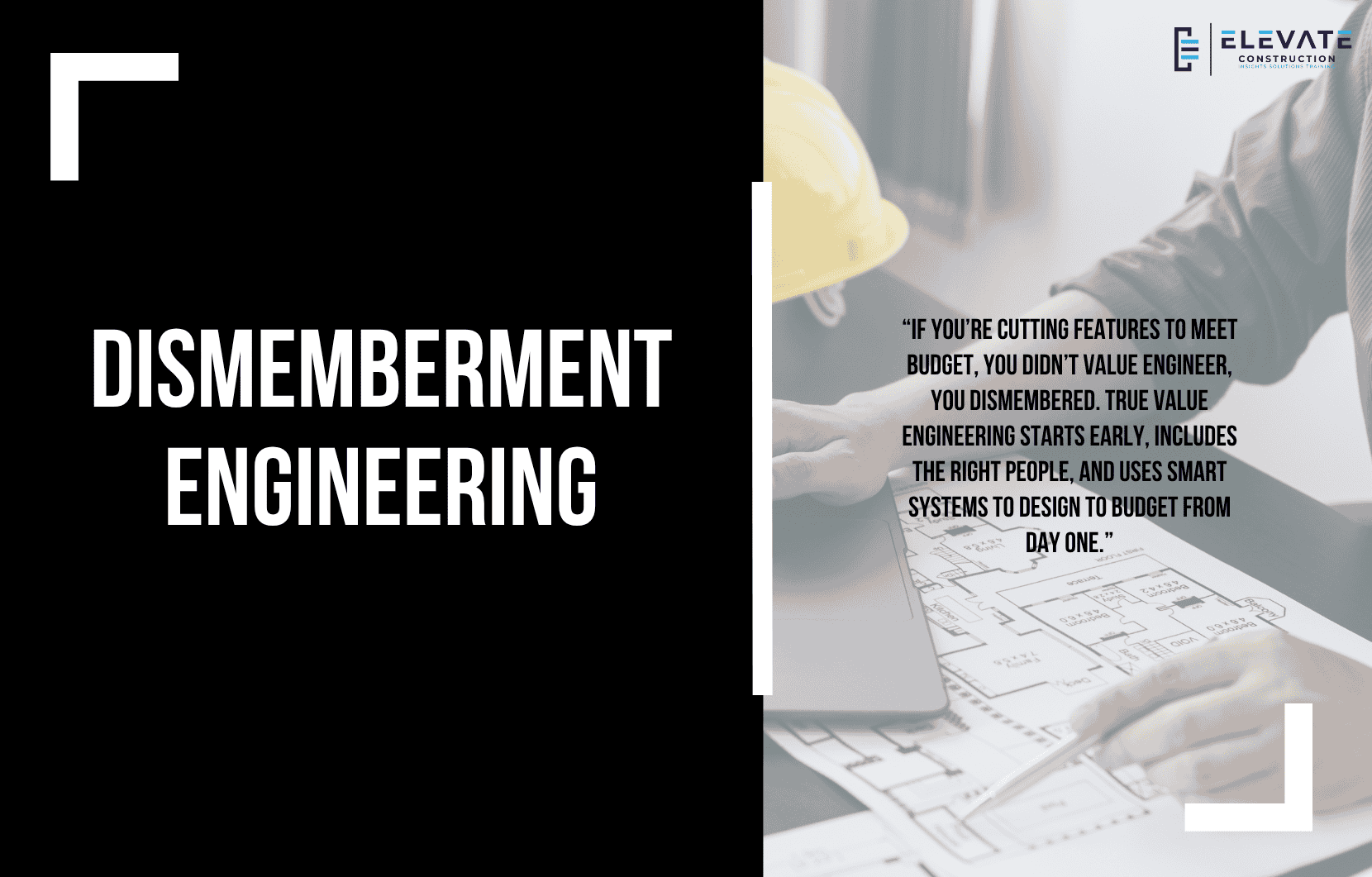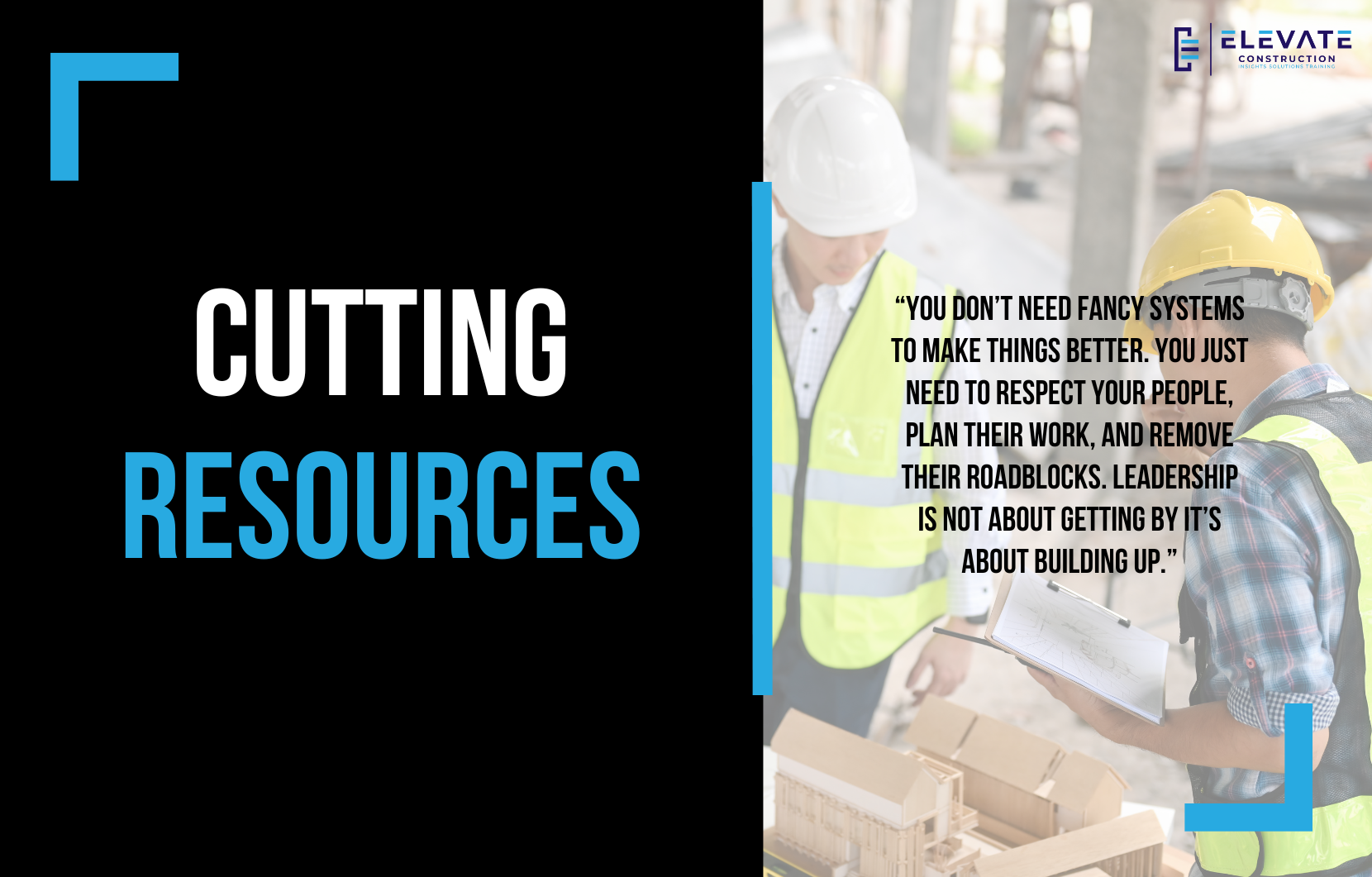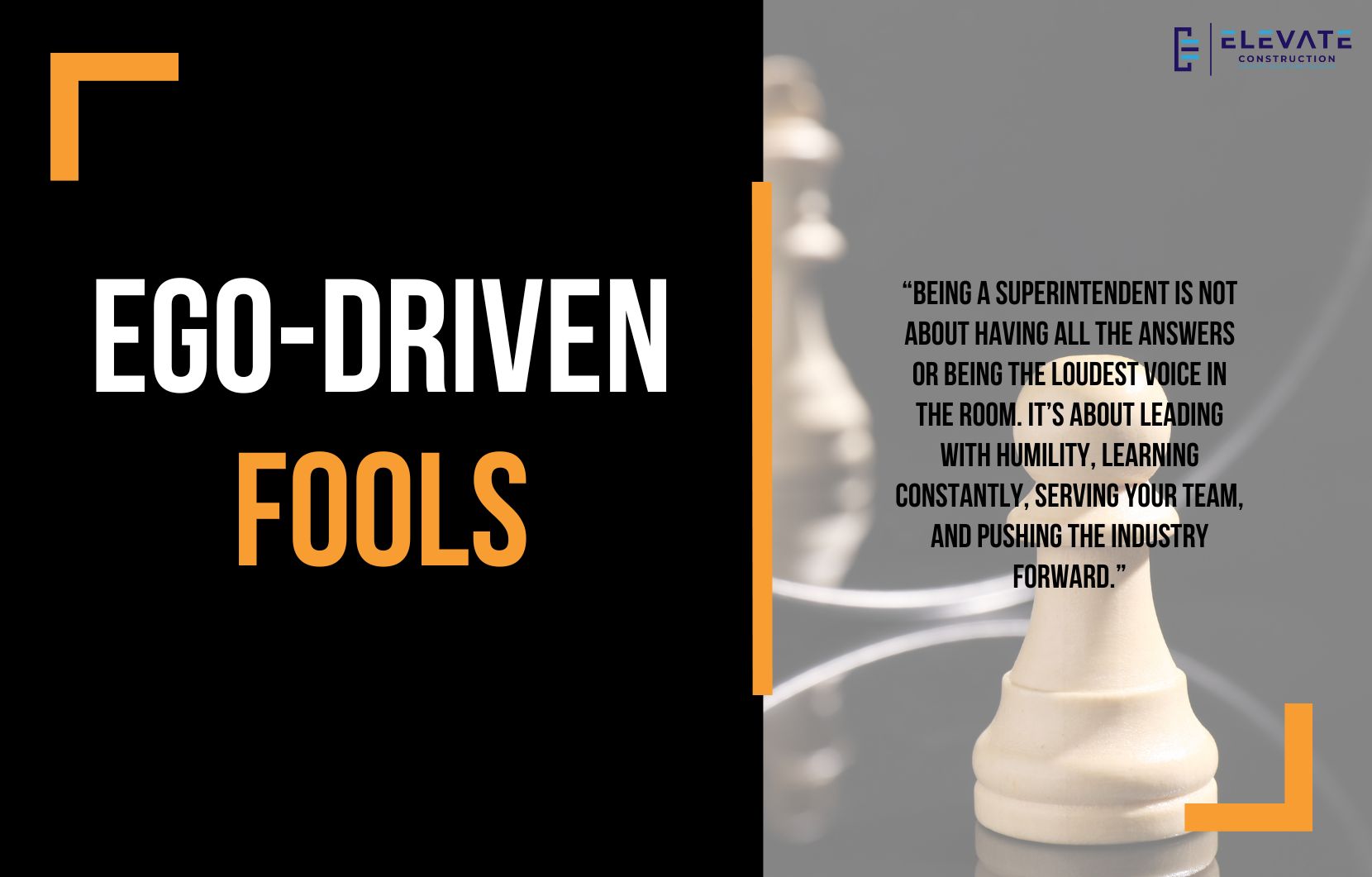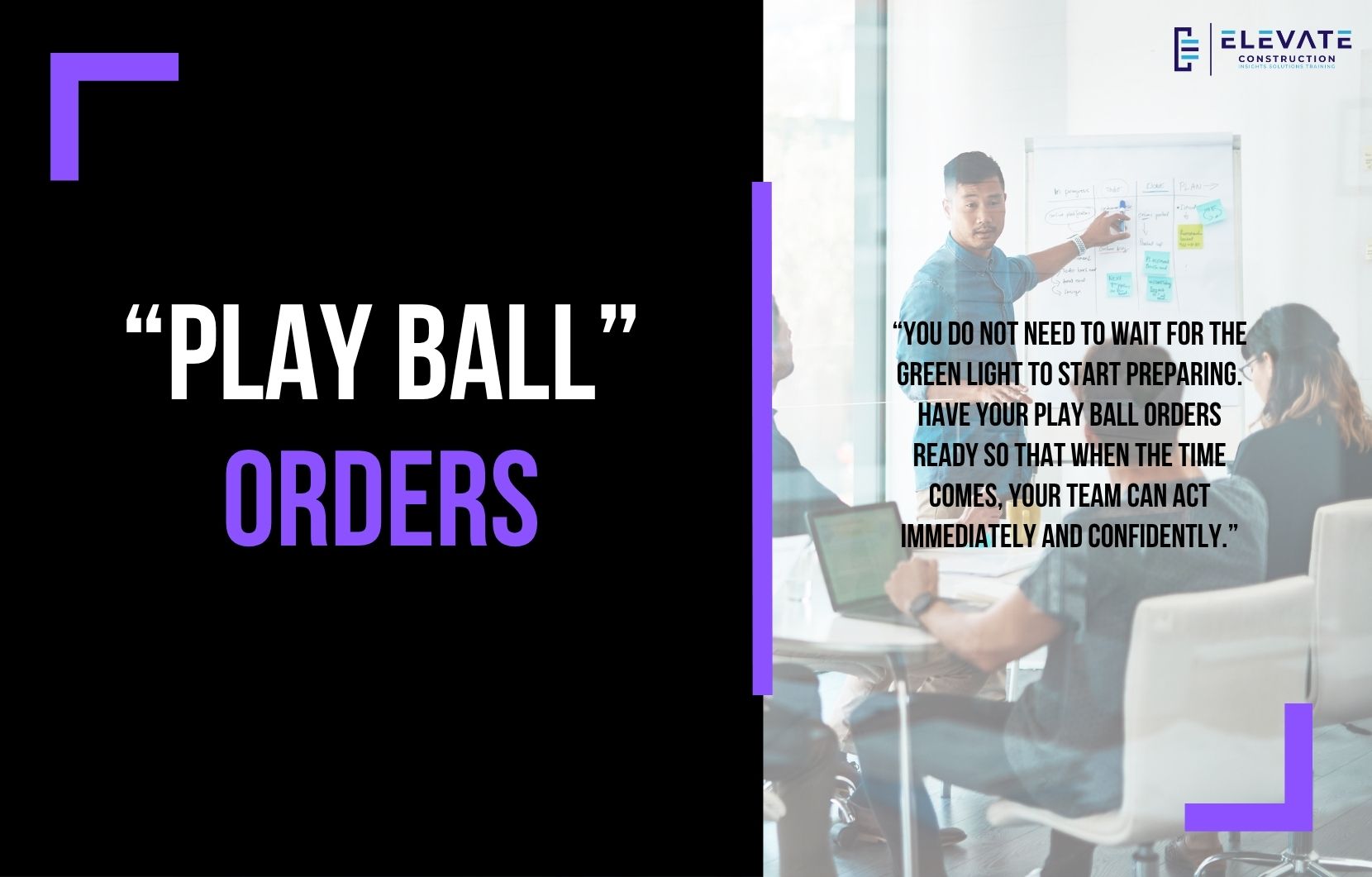Why the Path of Critical Flow Beats the Critical Path Every Time
Let’s talk about something I think is hurting our projects more than helping them: the obsession with the Critical Path. I’ve been in this industry long enough to see it over and over teams stressing, sprinting, and burning out over what they think is “critical,” all because of how we’ve been taught to manage schedules.
But what if I told you there’s a better way?
What the Critical Path Gets Wrong
The Critical Path Method (CPM) has been the industry standard for decades. It defines the sequence of activities that determines the project’s minimum duration. Delay one activity on that path, and the whole job gets pushed.
Sounds smart, right? But here’s the issue: most people treat the critical path like a panic button.
“It’s critical, so let’s throw more people at it. Work weekends. Push harder. Hope it gets done.”
I’ve seen it happen too many times. This mindset creates chaos, not clarity. It fuels reactive decisions and burnout without actually improving the project’s outcome.
What We Should Be Using: The Path of Critical Flow
Instead of obsessing over the critical path, we should be focusing on what I call the Path of Critical Flow.
This approach is rooted in Takt planning, and it shifts our focus from urgency to optimization. The path of critical flow looks at the longest uninterrupted sequence of tasks that must flow smoothly for the project to succeed and it builds in buffers to support that flow.
It helps us ask the right questions:
- Are our handoffs clean?
- Do we have flow between trades?
- Are buffers and work zones lined up?
- Are we starting with the materials, tools, and manpower we need to finish right the first time?
This method doesn’t trigger panic. It builds confidence.
One of My Favorite Analogies
Let me paint a picture.
Imagine your spouse leaves town for the weekend and you’re watching the kids. There are two ways that can go:
Critical Path style: They call every hour asking, “Is the house on fire? Are the kids okay?” You’re reactive, overwhelmed, and constantly firefighting.
Path of Critical Flow style: They leave you a clear plan, meals prepped, schedule posted, backup numbers, snacks ready. You’re empowered, calm, and in control.
That’s what we want for our teams. Not chaos, clarity.
Final Thoughts
When I switched my mindset from “what’s critical” to “what flows,” everything changed. I stopped managing stress and started managing strategy. Projects ran smoother. Trades were happier. Outcomes improved.
Key Takeaway:
The Critical Path shows you what’s urgent. The Path of Critical Flow shows you what’s smart. One triggers panic. The other builds progress. So next time you’re looking at your schedule, don’t just ask “what’s critical?” Ask “what flows?” That’s the game-changer.
If you want to learn more we have:
-Takt Virtual Training: (Click here)
-Check out our Youtube channel for more info: (Click here)
-Listen to the Elevate Construction podcast: (Click here)
-Check out our training programs and certifications: (Click here)
-The Takt Book: (Click here)
Discover Jason’s Expertise:
Meet Jason Schroeder, the driving force behind Elevate Construction IST. As the company’s owner and principal consultant, he’s dedicated to taking construction to new heights. With a wealth of industry experience, he’s crafted the Field Engineer Boot Camp and Superintendent Boot Camp – intensive training programs engineered to cultivate top-tier leaders capable of steering their teams towards success. Jason’s vision? To expand his training initiatives across the nation, empowering construction firms to soar to unprecedented levels of excellence.
On we go











